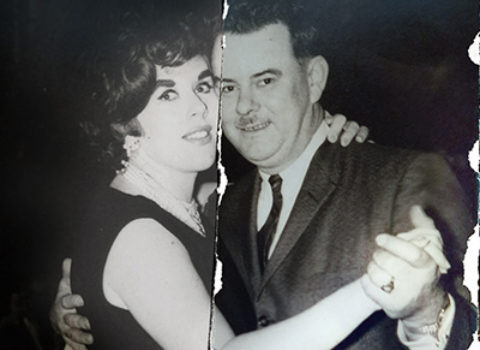For time ylost, this know ye,
By no way may recovered be.
—Chaucer
I spent thirty-eight years in prison and have been a free man for just under two. After killing a man named Thomas Allen Fellowes in a drunken, drugged-up fistfight in 1980, when I was nineteen years old, I was sentenced to life without the possibility of parole. Former California governor Jerry Brown commuted my sentence and I was released in 2017, five days before Christmas. The law in California, like in most states, grants the governor the right to alter sentences. After many years of…















































































































